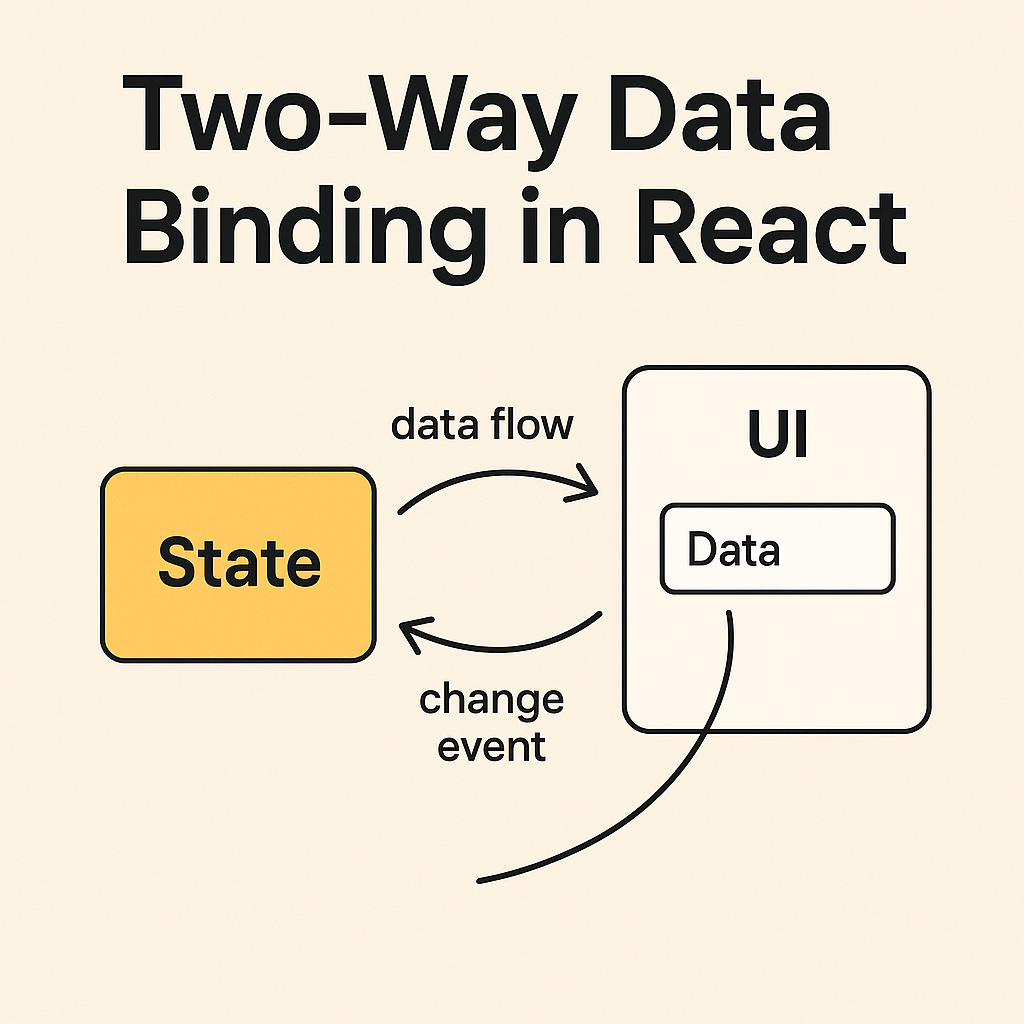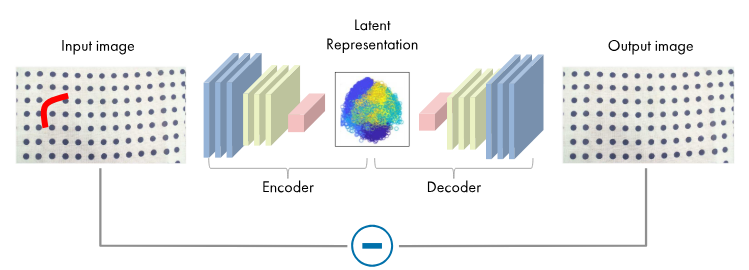Programming News
Medium
366

Image Credit: Medium
The Cost of Reflection on JVM Performance and Internal Access Checks
- Calling a method reflectively in Java involves multiple internal steps on the JVM, including method lookup, creation of Method object, bytecode generation, and access checks.
- Unlike direct method calls, reflective calls incur additional runtime work and checks, slowing down the process.
- Direct method calls benefit from JIT compiler optimizations like inlining, which reflective calls lack due to runtime method determination.
- Reflective calls involve argument conversion processes, boxing and unboxing of primitive types, leading to performance overhead.
- Reflection in Java allows accessing private state through setAccessible(true), bypassing normal access controls, which was widely used in frameworks.
- Java Platform Module System introduced boundaries for access control, requiring explicit declarations for reflective access, impacting frameworks relying on deep reflection.
- Introduction of modules shifted the access control paradigm, making reflective access dependent on module-level permissions rather than setAccessible(true) alone.
- Java deprecated the --illegal-access option, now enforcing access restrictions defined by module declarations, affecting reflection-heavy tools and frameworks.
- Frameworks adapted by using new alternatives like sun.misc.Unsafe or VarHandle when faced with restricted reflective access due to module boundaries.
- Reflection in Java continues to be used but with considerations for module-level boundaries and explicit permissions post-Java 9.
- Understanding the complexities of reflective access in the context of Java modules helps navigate the limitations and requirements imposed by the JVM.
Read Full Article
22 Likes
Dev
54

Image Credit: Dev
Product & Catalog Management in OneEntry: Practical Tools for Scalable Projects
- Efficient product and catalog management are fundamental for digital businesses and OneEntry offers a faster, structured, and scalable solution.
- Fast and structured product creation in OneEntry allows quick addition of new products with enriched attributes and automatic generation of previews.
- Flexible category architecture in OneEntry ensures products can belong to multiple categories without duplication, maintaining a centralized product card for consistent information.
- Advanced product controls, streamlined status management, multiple import methods, bulk editing tools, and product linking capabilities make OneEntry a comprehensive solution for efficient product and catalog management.
Read Full Article
3 Likes
Dev
244

Image Credit: Dev
Converting Scanned Documents to Searchable PDFs
- Scanned documents are often image-based PDFs that lack searchability and text functionality, hindering information retrieval and manipulation.
- Converting scanned documents into searchable PDFs enables text search, copy-paste, accessibility, and smaller file sizes through text compression.
- The process involves OCR for text recognition, image processing for cleanup, and generating dual-layer PDFs with visible images and invisible text.
- Desktop software like Adobe Acrobat Pro and ABBYY FineReader offer OCR capabilities, batch processing, and multiple language support.
- Online tools like RevisePDF provide OCR conversion features without software installation, with multiple language support and intuitive interfaces.
- Mobile apps like Adobe Scan and cloud services like ABBYY Cloud OCR offer convenient OCR solutions with integration capabilities and varying degrees of accuracy.
- Optimizing scans with proper resolution, image modes, and pre-processing techniques improves OCR accuracy and overall document quality.
- Handling special document types like multi-column layouts, historical documents, and forms requires adjusting OCR settings and post-processing techniques.
- Managing searchable PDF output involves optimizing file size, quality control, document management integration, and advanced features like accessibility enhancements.
- Best practices include establishing conversion standards, efficient batch processing, integration with document lifecycles, and continuous improvement mechanisms.
Read Full Article
14 Likes
Arstechnica
231

Image Credit: Arstechnica
OpenAI introduces Codex, its first full-fledged AI agent for coding
- OpenAI has introduced an AI coding tool called Codex for experienced developers in research preview.
- Codex allows developers to delegate simple programming tasks to an AI agent that generates production-ready code and displays the process.
- Accessible through the ChatGPT web app, users can input prompts and choose between 'code' for code generation or 'ask' for answers and advice.
- Tasks given to Codex are performed in a separate container with the user's codebase, replicating their development environment accurately.
Read Full Article
13 Likes
Discover more
- Software News
- Web Design
- Devops News
- Open Source News
- Databases
- Cloud News
- Product Management News
- Operating Systems News
- Agile Methodology News
- Computer Engineering
- Startup News
- Cryptocurrency News
- Technology News
- Blockchain News
- Data Science News
- AR News
- Apple News
- Cyber Security News
- Leadership News
- Gaming News
- Automobiles News
Logrocket
366

Image Credit: Logrocket
Neumorphism: The new trend in UI design
- Neumorphism blends minimalism and realism, using shadows and highlights for soft, feather-like interfaces.
- It maintains simplicity with subtle shadows, highlights, and gradients while providing visual clarity.
- Originating from skeuomorphism and flat design, neumorphism offers a balance between realism and minimalism.
- Monochromatic color palettes, 3D effects, and rounded shapes are core principles of neumorphic design.
- Neumorphism's pros include modern simplicity, creativity opportunities, and consistent user experiences.
- However, it may pose accessibility and usability challenges due to low contrast and minimal color schemes.
- Creating neumorphic designs involves using monochrome colors, 3D effects, and rounded elements.
- Examples of neumorphic design are seen in Momentum Dash, Bose's music app, and Tesla's mobile app.
- Other UI design trends like glassmorphism, neubrutalism, and dark mode are discussed in comparison to neumorphism.
- Considerations for using neumorphism include addressing accessibility concerns and usability issues.
Read Full Article
22 Likes
Logrocket
398

Image Credit: Logrocket
Neumorphic design: What it is and how to use it effectively
- Neumorphic design blends minimalism and realism through soft shadows and highlights to create interfaces that are visually appealing yet easy to comprehend.
- Neumorphism maintains simplicity while introducing subtle shadows, highlights, and gradients for a clean and soft design surface.
- Originating as a modernized version of flat design, neumorphism provides depth and hierarchy to UI components like buttons and cards.
- Skeuomorphism, flat design, and neumorphism represent the evolution of UI design trends from realistic imitation to minimalistic approach with depth.
- Neumorphism balances realism with minimalism by incorporating 3D effects, monochromatic color schemes, and rounded shapes for a modern interface.
- Design principles of neumorphism include monochromatic color palettes, gradients, 3D effects with shadows and highlights, and rounded corners for a soft UI.
- Benefits of neumorphism include modern, simplistic designs with opportunities for creativity, leading to consistent user experiences across different products.
- Accessibility and usability concerns arise from neumorphism due to low contrast designs and minimal color schemes, requiring careful consideration for inclusive design.
- Creating neumorphic designs involves utilizing monochrome colors, 3D effects from shadows and highlights, and rounded corners for a soft and airy UI.
- Neumorphic interfaces provide a realistic yet minimalist look, offering a blend of simplicity and visual appeal while addressing accessibility and usability challenges.
Read Full Article
23 Likes
Medium
344

Image Credit: Medium
Understanding Two-Way Data Binding in React (and Why It’s Rarely Used)
- Two-way data binding in React means data from state updates the UI, and changes in UI update the state effortlessly.
- React doesn't use two-way binding by default but opts for one-way data flow for explicit and predictable updates.
- Although React prefers one-way data flow, you can create your own two-way binding using custom components if needed.
- Implementing two-way binding in React involves manually updating the state with event handlers for a clearer and more controlled approach.
Read Full Article
20 Likes
Medium
158

Image Credit: Medium
How Autoencoders Helped Me Detect Anomalies Before They Became Disasters
- The essay discusses the usage of unsupervised autoencoders for detecting anomalies in high-dimensional environmental data.
- The approach involves training the autoencoder on everyday observations to identify deviations using reconstruction error.
- Results demonstrate high precision (~95%) and a strong AUC of 0.90, with lower recall due to a conservative threshold.
- The conclusion highlights the effectiveness of autoencoders for learning standard patterns and suggests tuning thresholds or architectural enhancements for improved anomaly sensitivity.
Read Full Article
9 Likes
Medium
172

Image Credit: Medium
Leetcode #88 — Merge Sorted Array from Naive to Optimal Solution
- Merge two sorted integer arrays nums1 and nums2 in-place.
- Input: nums1, nums2, m, n where nums1 has m+n length and nums2 has n elements.
- Constraints: nums1 and nums2 are already sorted in non-decreasing order.
- Code implements merging nums2 into nums1 from the end by comparing elements.
Read Full Article
10 Likes
Javacodegeeks
434

Image Credit: Javacodegeeks
Running Java Apps on AWS Lambda with SnapStart: Is It Production-Ready Yet?
- AWS Lambda SnapStart is a feature designed to improve cold start performance for Java applications on AWS Lambda by pre-initializing and snapshotting the runtime state.
- SnapStart works by taking a snapshot of the Java runtime after initialization and restores this state for faster subsequent invocations, reducing cold start times by up to 10x.
- Enabling SnapStart on Java 11 or Java 17 functions in AWS Lambda can significantly reduce cold start times, making it suitable for production-level Spring Boot applications.
- Although SnapStart cuts cold start times by 90%, it is best suited for Spring Boot 3.x and may not be fully compatible with all AWS services yet, such as Provisioned Concurrency or Lambdas behind Elastic Load Balancer.
- SnapStart is recommended for APIs with unpredictable traffic, event-driven workloads, and latency-sensitive features, but caution is advised for dynamic init logic or unsupported runtimes.
- The article provides a ready-to-use project structure for a Spring Boot 3 + AWS Lambda SnapStart example, emphasizing proper setup and considerations to ensure successful deployment.
- SnapStart is considered production-ready for Spring Boot applications if used cautiously, offering a significant reduction in cold start latency, but users must be mindful of potential limitations and compatibility issues.
- Utilizing SnapStart can bring down cold start latency for Java Lambdas with Spring Boot and is recommended for most real-world applications, but users should handle it as a powerful tool to avoid unintended bugs.
- Further resources provided include AWS SnapStart Documentation, Spring Cloud Function + AWS Lambda Guide, Micronaut SnapStart Example, and Java Lambda Best Practices for additional insights and best practices.
Read Full Article
26 Likes
Dev
212

Image Credit: Dev
Keep It Small, Keep It Moving: The Real Power of Tiny PRs
- Keeping pull requests (PRs) small and committing often can significantly benefit development teams.
- Advantages of small PRs include easier review processes, helping junior developers contribute, reducing review time, and making bug spotting more efficient.
- Small PRs also lead to fewer merge conflicts, clearer Git history, better CI/CD feedback, improved code practices, increased team velocity, and enhanced trust within the team.
Read Full Article
12 Likes
Dev
380

Image Credit: Dev
Lightweight and High-Performance Rust HTTP Server Library for Modern Web Services
- Hyperlane is a Rust library focused on developing high-performance web servers with efficiency and flexibility.
- Core features include lightweight and high performance, full HTTP/1.1 support, real-time communication with WebSocket and SSE, and a middleware architecture.
- Hyperlane demonstrates exceptional performance with Tokio async runtime, offers cross-platform compatibility, and has minimal dependencies for stability.
- The library provides a quick start guide for installation, code examples for building servers, and performance benchmarks showcasing its efficiency.
Read Full Article
22 Likes
Medium
154

Image Credit: Medium
Quantum Is Not About Speed — It’s About Stacking the Odds in Your Favor
- Quantum computing reshapes reality at the probability level by adjusting invisible 'weights' behind the scenes, using amplitude, magnitude, phase, interference, and diffusion.
- In the quantum world, each face of a die has a wave attached to it that can interfere with others, amplifying or canceling out probabilities, enabling quantum computers to tilt reality towards the correct answer strategically.
- Changing the phase of a face alters its probability by boosting the correct answer while reducing others, akin to rigging a game by tuning the dice before rolling.
- Real quantum mechanics involves understanding amplitudes, phases, and interference to rewrite how probabilities interact, providing a significant advantage in grasping quantum algorithms and the future applications of quantum technology.
Read Full Article
9 Likes
VentureBeat
317

Image Credit: VentureBeat
OpenAI launches research preview of Codex AI software engineering agent for developers — with parallel tasking
- OpenAI has launched Codex AI software engineering agent as a research preview to compete with other AI coding tools like Windsurf and Cursor.
- Unlike the previous Codex model, the new version is a cloud-based AI software engineering agent capable of executing multiple development tasks in parallel.
- The new Codex is available for ChatGPT Pro, Enterprise, and Team users, with support for Plus and Edu users expected in the future.
- It marks a significant advancement from the original Codex model, which focused on code generation and completion.
- The new Codex can write features, fix bugs, answer codebase-specific questions, run tests, and propose pull requests in a secure cloud sandbox.
- OpenAI envisions Codex as a tool that can operate autonomously to accomplish substantial work by interacting with the real world.
- The Codex-1 SWE agent outperforms OpenAI's latest reasoning models on internal SWE tasks.
- External use cases include Cisco, Temporal, Superhuman, and Kodiak utilizing Codex for various engineering tasks.
- Codex executes tasks in an air-gapped environment with human review to ensure secure operation, making it more than just a model API.
- OpenAI has launched Codex CLI for local development with updated pricing plans and a free rollout period.
Read Full Article
19 Likes
Medium
258

Image Credit: Medium
How I Turned 30 Minutes of Reading into My Most Intimate Daily Habit (And Why You Should Too)
- The author shares their journey of turning 30 minutes of reading into a daily sanctuary.
- Initially struggling to find time to read, the author decided to dedicate just 30 minutes a day to the activity.
- By choosing a book that captivated them, creating a peaceful reading ritual, and using a timer, the author found solace in reading.
- The author emphasizes the importance of making time for oneself and nurturing intimacy through the act of reading.
Read Full Article
15 Likes
For uninterrupted reading, download the app